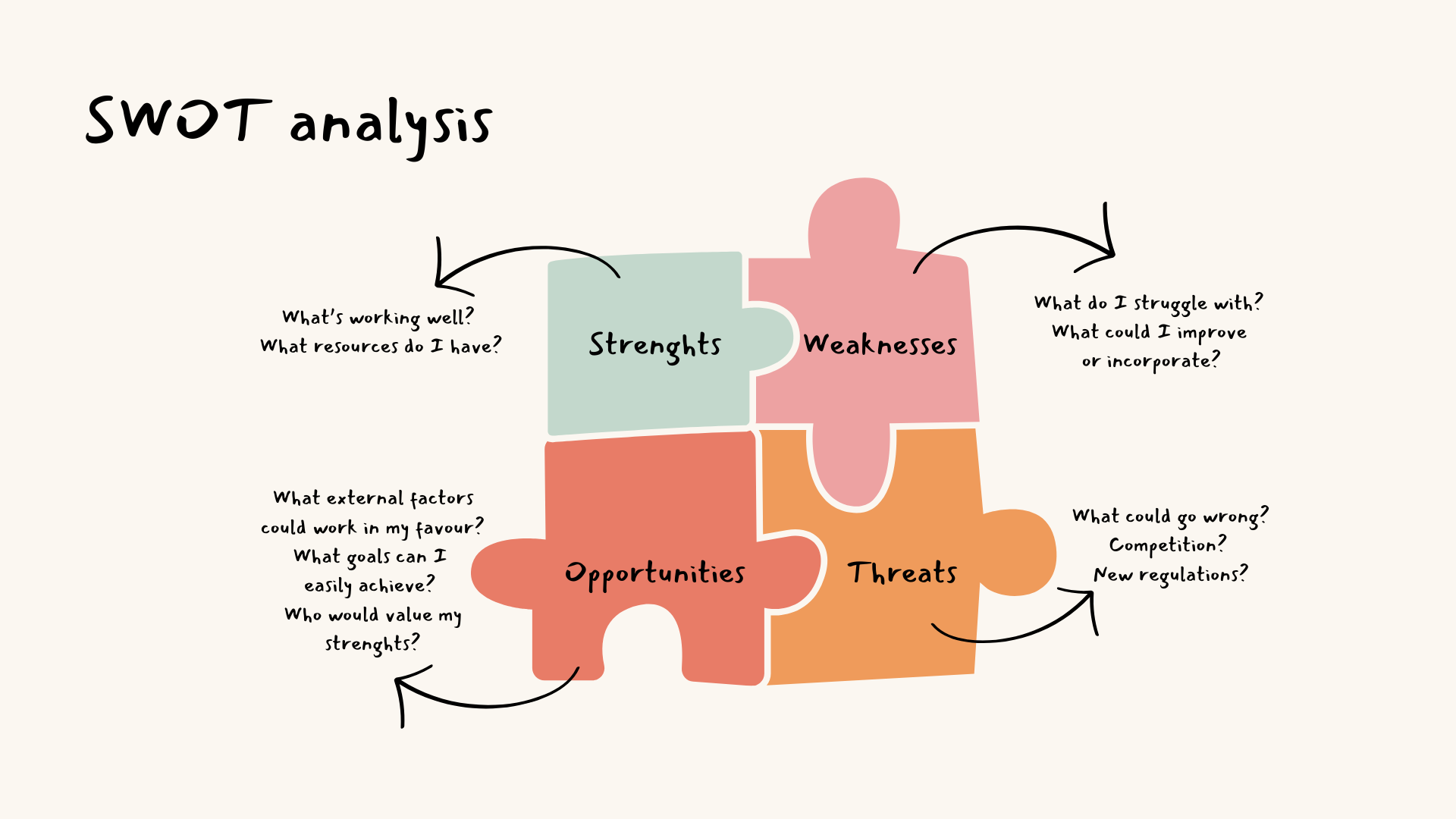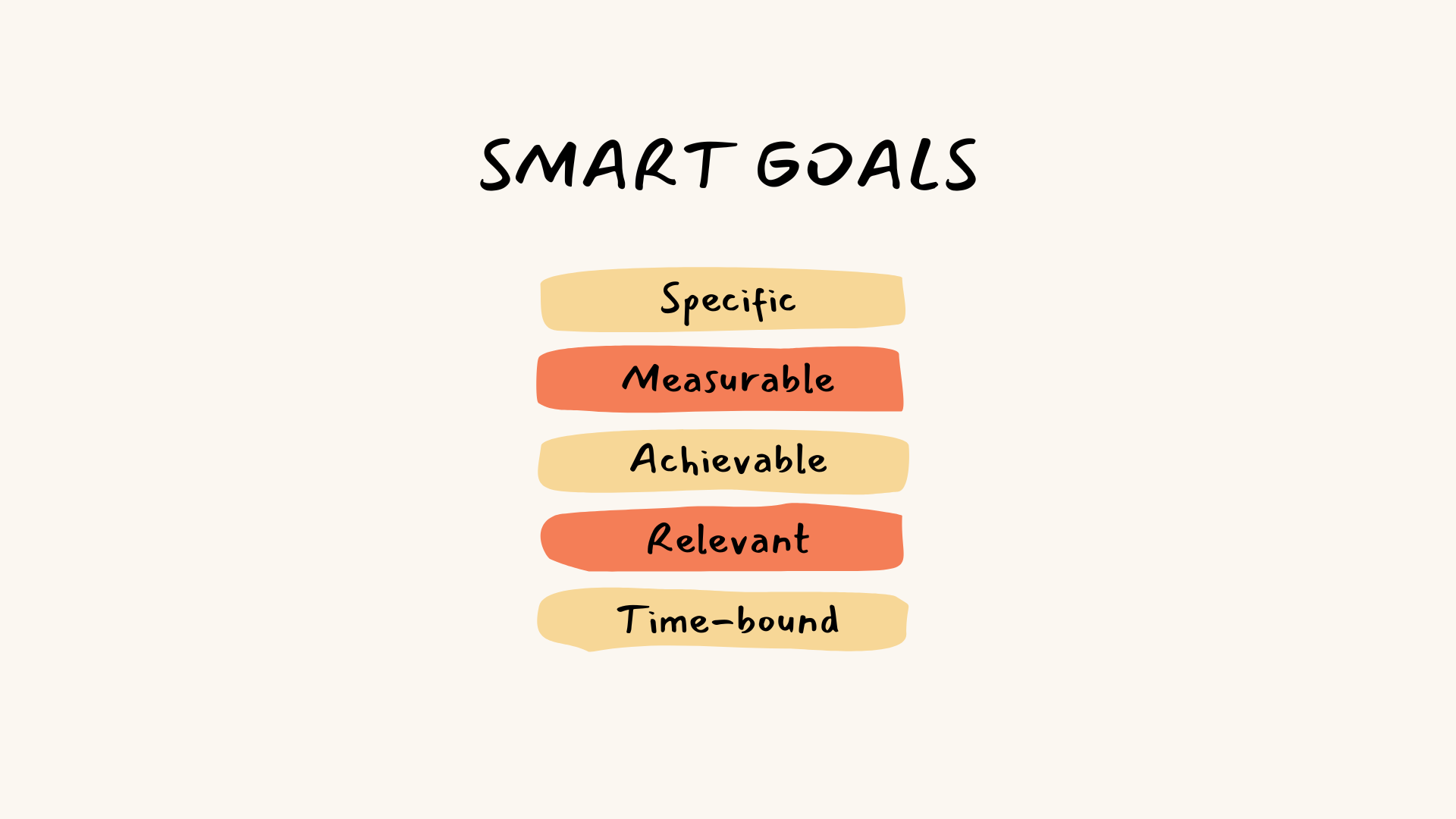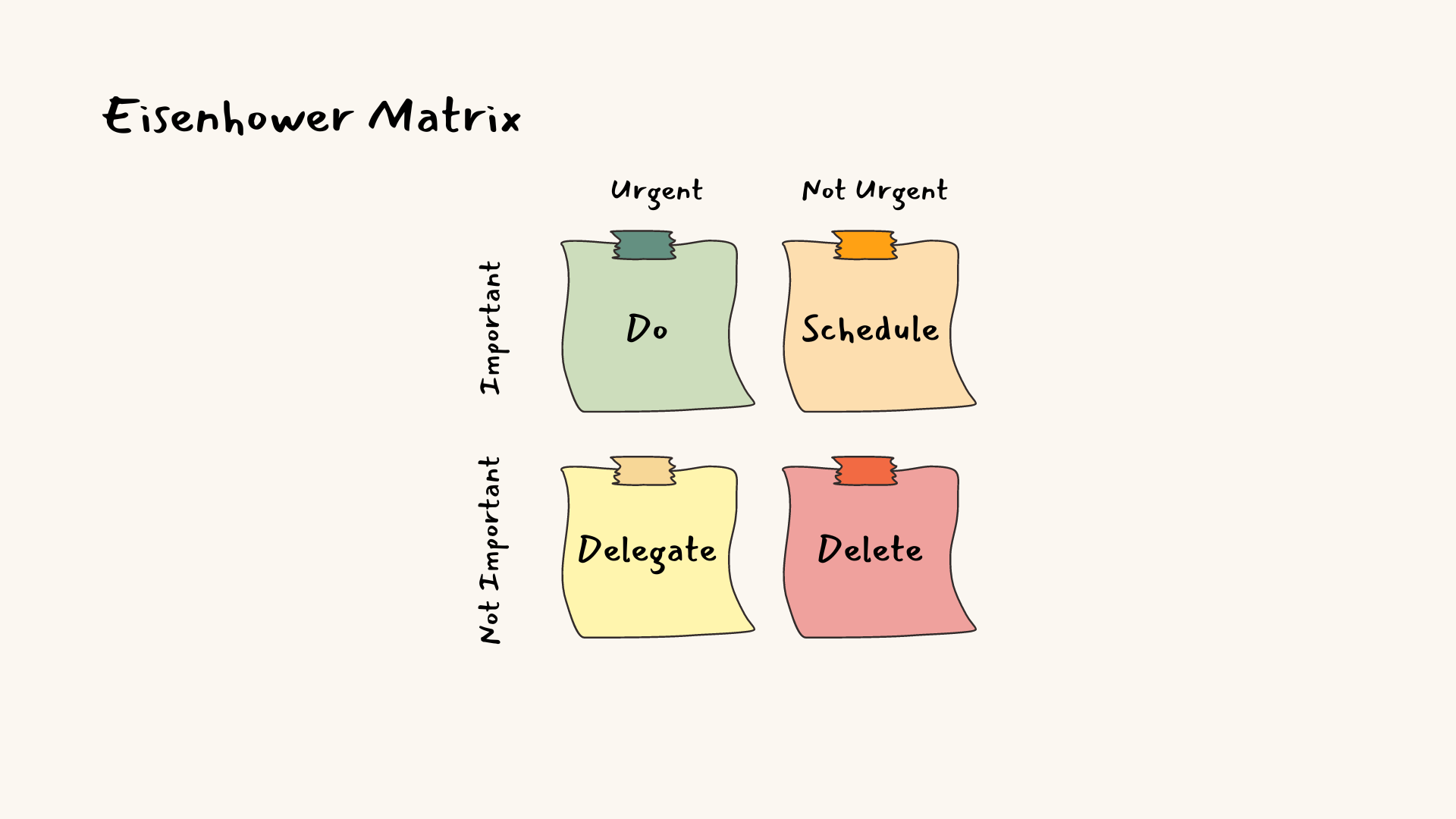As entrepreneurs, we often find ourselves juggling countless responsibilities, from crafting the perfect pitch to managing finances. It’s easy to fall into the trap of overcommitting and setting unrealistic expectations for ourselves. Trust me, I’ve been there—trying to do it all at once, only to find myself overwhelmed and burnt out. But what if I told you there’s a better way?
In this article, I’ll share some practical tips on how to set mindful expectations and prioritize your tasks effectively, allowing you to navigate your entrepreneurial journey with clarity and confidence. So, grab a cup of your favorite beverage, and let’s dive in!
Understanding Mindful Expectations
What Are Mindful Expectations?
Mindful expectations refer to the practice of setting realistic and achievable goals based on a clear understanding of your current resources, capabilities, and limitations. Unlike traditional goal-setting, which often emphasizes ambition at any cost, mindful expectations encourage a more balanced approach that considers your well-being.
The Benefits of Mindful Expectations
- Reduces Overwhelm: Setting realistic goals helps to prevent the feeling of drowning in responsibilities. It’s like trying to carry ten shopping bags at once—eventually, something’s going to drop.
- Improves Decision-Making: When you have a clear picture of what you can realistically achieve, decision-making becomes much easier. You’re less likely to say yes to every opportunity that comes your way and more likely to focus on what truly aligns with your goals.
- Enhances Well-Being: Mindfulness in expectations allows you to maintain a healthier work-life balance. After all, being an entrepreneur shouldn’t mean sacrificing your mental health.
Steps to Set Realistic Expectations
1. Assess Your Current Situation
Before setting any expectations, pause and take a moment to evaluate your current situation. What resources do you have available? What are your strengths and weaknesses? What opportunities or threats could impact your goals? To guide you, here’s a helpful SWOT analysis article you can reference.
I get it—planning can feel tedious when you’re eager to jump into action. But this evaluation is crucial for prioritizing, making informed decisions, and using your time and energy wisely. In fact, proper planning can save you time in the long run!

2. Define Clear Goals
Once you have a good understanding of your current situation, it’s time to define your goals. Aim for SMART goals—specific, measurable, achievable, relevant, and time-bound.
- Specific: Instead of saying, “I want to grow my business,” specify how you plan to achieve that growth.
- Measurable: Use metrics to evaluate your success. For example, aim to acquire five new clients in the next quarter.
- Achievable: Ensure your goals are realistic based on your assessment.
- Relevant: Align your goals with your overall business vision.
- Time-bound: Set deadlines to create a sense of urgency.

3. Involve Your Team
If you have a team, involve them in the goal-setting process. This collaborative approach not only fosters a sense of ownership but also brings diverse perspectives to the table.
Tip: Hold brainstorming sessions or use anonymous surveys to gather input from your team. You’ll be surprised at the creative ideas they might have!
4. Establish Boundaries
Learning to say no is one of the most powerful skills you can develop as an entrepreneur. It’s tempting to say yes to every opportunity, especially when you’re driven to grow your business. However, overcommitting can quickly lead to burnout and decreased productivity. When you spread yourself too thin, the quality of your work suffers, and the stress of trying to manage too much can take a toll on both your mental and physical health.
Saying no doesn’t mean closing doors—it means being selective about which doors to walk through. By focusing on what truly aligns with your long-term goals, you’ll free up your time and energy for the tasks that genuinely matter.
Tool: A decision matrix is a great way to evaluate the importance of new tasks against your current commitments. It helps you weigh options based on factors like urgency, impact, and resource availability, providing a clear picture of what requires immediate attention and what can be postponed or even eliminated. This approach ensures you make thoughtful decisions that prioritize quality over quantity.
Prioritizing Tasks Effectively
1. Use the Eisenhower Matrix
It can be tricky to distinguish between urgent and important tasks, especially when a deadline is looming. When you’re under pressure, everything can feel like it’s both urgent and important, right?
So the question now is, what’s the difference between urgent and important?
As Stephen Covey explains in his book, The 7 Habits of Highly Effective People:
“Urgent matters are those that require immediate action. These are the visible issues that pop up and demand your attention NOW. Often, urgent matters come with clear consequences for not completing these tasks. Urgent tasks are unavoidable, but spending too much time putting out fires can produce a great deal of stress and result in burnout.
Important matters, on the other hand, are those that contribute to long-term goals and life values. These items require planning and thoughtful action. When you focus on important matters, you manage your time, energy, and attention rather than mindlessly expanding these resources. What is important is subjective and depends on your values and personal goals. No one else can define what is important for you.”
Another tool you can use is the Eisenhower Matrix, a fantastic way to prioritize tasks based on urgency and importance.
Here’s how it works:
- Quadrant 1: Urgent and Important (Do these tasks first)
- Quadrant 2: Important but Not Urgent (Schedule these tasks)
- Quadrant 3: Urgent but Not Important (Delegate these tasks)
- Quadrant 4: Neither Urgent nor Important (Consider eliminating these tasks)

2. Time Blocking
Once you’ve prioritized your tasks, try using time blocking to schedule dedicated chunks of time for each one. This method helps you stay focused by reducing distractions and creating a clear structure for your day.
Personal Anecdote: I used to create endless to-do lists, and it was frustrating when I couldn’t cross everything off by the end of the day. Then, I switched to time blocking, and it completely changed my approach. Even if I didn’t finish a task, I knew I’d committed the exact amount of time I planned, and that felt like success. For me, just showing up for that block of time is a win. Instead of focusing solely on checking off items, think about how much time each task should take and block it into your schedule. You might find that it leaves you feeling more accomplished and in control.
3. Implement the Pomodoro Technique
The Pomodoro Technique is a highly effective time management strategy that promotes intense focus followed by short, restorative breaks. You work in 25-minute intervals (called Pomodoros), followed by a 5-minute break. After completing four cycles, you take a longer break to recharge.
Tool: To stay accountable and on track, I recommend using timer apps like Focus Keeper or Flora. Lately, I’ve been using Flora, which adds a fun twist by gamifying the process. Every time you complete a 25-minute focus session, you plant a virtual tree—helping you stay motivated while visually tracking your progress!
Tools and Resources for Time Management
- Project Management Software: Tools like Trello, Asana, or ClickUp are great for organizing tasks, tracking deadlines, and ensuring nothing falls through the cracks. I’m personally a big fan of Notion because it’s so versatile and customisable. That said, I wouldn’t recommend using any project management tool unless it truly fits your workflow. If you’re not going to regularly update it, the tool becomes more of a burden than a help. Sometimes, it’s simpler and more effective to list tasks in a Google Doc or Google Sheet using checkboxes, or sticking to your calendar blocks. The key is finding a system that you’ll actually use.Here’s a YouTube video I love that shows how to create your own Notion project management template—it’s super minimalistic and I find it really helpful.
- Mindfulness Apps: Incorporate mindfulness practices into your routine with apps like Headspace or Calm. A few minutes of meditation can work wonders for your mental clarity and focus.
- Time Tracking Tools: Use RescueTime or Toggl to analyze how you’re spending your time. This insight can help you identify areas for improvement and ensure you’re focusing on what truly matters.
Conclusion
Setting realistic and mindful expectations is crucial for entrepreneurs looking to thrive without sacrificing their well-being. By taking the time to assess your situation, define clear goals, and prioritize your tasks effectively, you can navigate the complexities of entrepreneurship with greater ease and confidence.
It’s not about lowering your expectations or being less ambitious. It’s about smartly managing your time and energy so that you can sustain your efforts over the long haul.
Of course, there will be periods when you need to pick up the pace—that’s just life. But the key is learning how to work smarter, not harder, so you don’t end up overwhelmed or burnt out. So, the next time you find yourself tempted to overcommit or set sky-high goals, remember these strategies and always take some time to assess. Your entrepreneurial journey deserves to be fulfilling and balanced!
If you found this article helpful, consider sharing it with fellow entrepreneurs or dropping your thoughts in the comments. Let’s support each other on this journey toward mindful entrepreneurship!
Thanks for reading!

